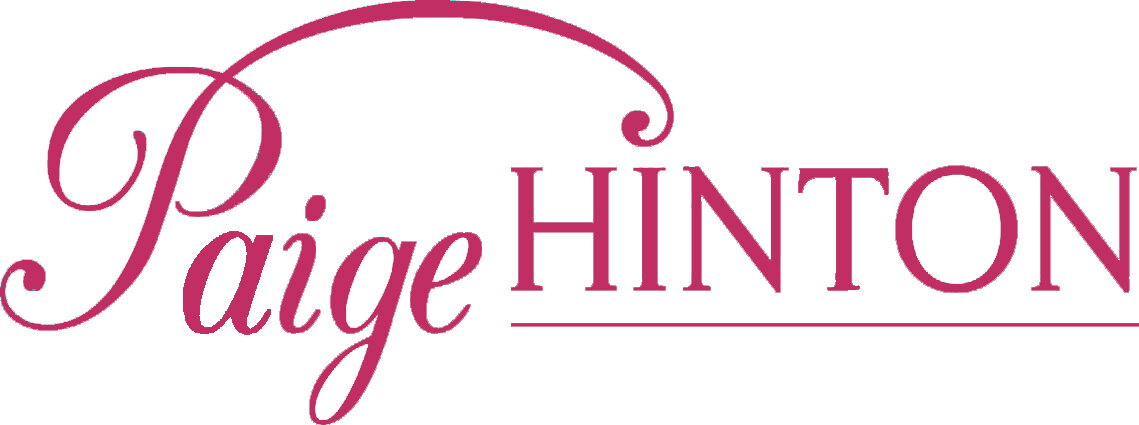Blog: The Power of Slowing Down — Yin & Restorative Yoga in Late Summer
Last night I was teaching, and class ended around 9:15. Usually in the summer, there’s still a bit of light in the sky when we leave the studio—but I noticed something different. Around 8:45, the light had already started to fade. Did you notice that too?
I don’t know about you, but I find this kind of thing exciting. I’ve always loved the changing of the seasons—each one bringing its own mood, rhythm, and energy. There’s something about August in particular that feels like a subtle shift. Even if you’re not on a school schedule anymore, this time of year still carries that “back to something” feeling. A turning point.
The air begins to feel a little different, the days are still warm, especially in the south, but the evenings come quicker, and summer’s bright, outward energy starts to soften. It’s like nature is giving us a gentle nudge inward. And maybe our bodies are ready for that too—a little less hustle, a little more rest. It’s a beautiful in-between moment. One foot still in summer, and the other stepping into what’s next.
This is where yin and restorative yoga come in—not just as styles of yoga, but as invitations to do something that can feel radical in our fast-paced world: slow down.
Slowness Is Not Laziness
We live in a culture that rewards productivity, hustle, and staying busy. So, the idea of lying in a yoga pose for five, ten, or even fifteen minutes might sound unproductive or even lazy. But here’s the truth: slowing down can be the most healing, empowering thing you do for yourself.
In yin yoga, you settle into poses for longer periods—often three to five minutes or more—to gently stretch the deep connective tissues of the body. It’s not about force; it’s about yielding. In restorative yoga, props support your body completely, allowing you to relax deeply without effort. You’re not “doing yoga”—you’re being in yoga.
These practices ask something rare: your full presence, without the need to perform or improve.
Why August Is the Perfect Time for These Practices
According to Ayurveda, August falls into the late Pitta season—a time of year when heat, intensity, and ambition tend to dominate. If we don’t cool and calm that inner fire, it can lead to burnout, inflammation, irritability, and scattered energy.
Yin and restorative yoga help us balance that fiery nature by inviting in the qualities of stillness, softness, and surrender. These cooling practices soothe the nervous system, release muscular tension, and help regulate our emotions—especially during seasonal transitions, which can stir up anxiety or resistance.
This is also the season when we begin to feel the mental shift toward “getting back to business.” Yin and restorative yoga help us approach that shift not with pressure, but with presence.
What’s the Difference Between Yin and Restorative Yoga?
While both are slow and grounded, they serve slightly different purposes:
Yin Yoga targets the fascia, ligaments, and joints. You’ll feel a deep stretch, and there may be some physical intensity. Props can help, but there’s usually still some edge of sensation.
Restorative Yoga is about deep rest. It uses lots of props to support your body in total comfort. There’s very little stretch or sensation—just complete letting go.
You can think of yin as more physically intense, and restorative as more energetically and emotionally soothing. Both offer a beautiful counterbalance to stronger vinyasa or power practices.
Signs You Might Need Yin or Restorative Yoga Right Now
If you’re experiencing any of the following, it may be time to slow down:
Mental exhaustion or brain fog
Trouble sleeping
Feeling “wired but tired”
Irritability or impatience
A sense of being emotionally overwhelmed
Soreness that won’t go away, even with movement
The feeling that everything is moving too fast
These practices don’t just heal your body—they nourish your mind and soul.
A Simple Practice You Can Try Tonight
Here’s a mini yin + restorative session you can do at home with minimal props:
1. Supported Child’s Pose (Restorative) – 5 minutes
Place a bolster or firm pillow lengthwise under your torso. Kneel and drape your body forward, letting your head rest on the support. Turn your head to one side and breathe slowly. Halfway through, turn your head the other way.
2. Dragon Pose (Yin) – 2 minutes each side
Step your right foot forward into a low lunge, allowing your back knee to rest on the mat. Keep your hands on the floor or blocks. This pose targets the hip flexors. Repeat on the left side.
3. Reclined Butterfly with Support (Restorative) – 8–10 minutes
Lie back with the soles of your feet together, knees out to the sides, and props under each knee for support. Optional: a folded blanket under your spine and head. Breathe gently.
4. Legs Up the Wall (Restorative) – 5–10 minutes
Lie on your back with your legs resting up a wall or over a chair. Let your arms fall out to the sides, palms up. Let go completely.
Slow Down to Move Forward
When we take time to slow down—whether it’s once a week or once a day—we allow the wisdom of the body to surface. We get quiet enough to hear what’s underneath the noise. We learn to trust the pauses.
In a culture that celebrates doing, yin and restorative yoga remind us that healing happens in the quiet.
This August, give yourself permission to soften. Let your yoga practice be a sanctuary for rest and renewal. There’s more power in stillness than we often realize.
